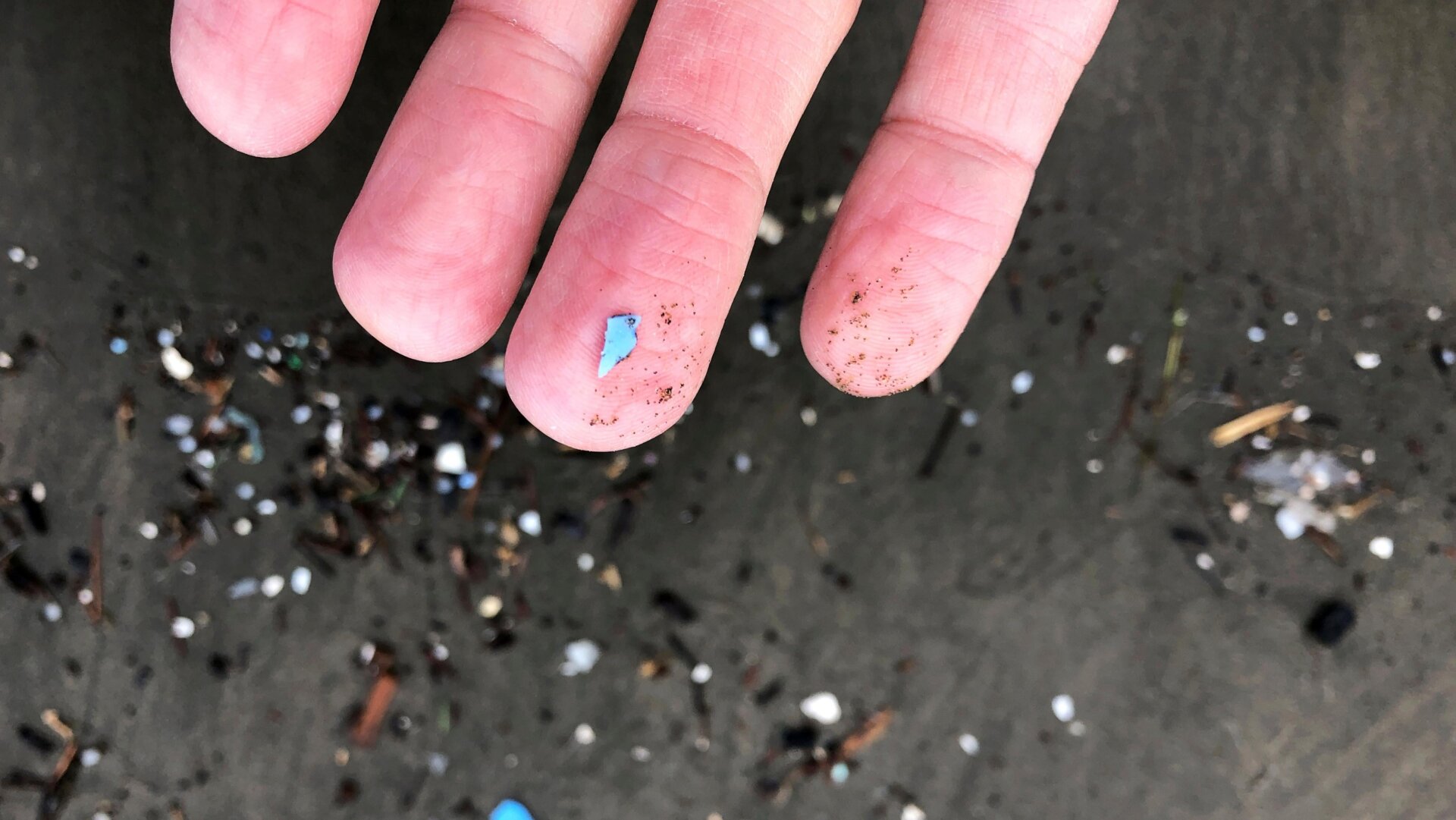It seems that nobody—and no body part—is safe from microplastics. In a recent study, researchers found traces of plastic in the testicles of both dogs and humans. The potential health impacts of this discovery are not yet clear, but the team suggests it may help explain why men’s sperm counts have declined over time.
The research was conducted by scientists at the University of New Mexico, led by Xiaozhong “John” Yu, a professor at UNM’s College of Nursing. Yu and his team have long been interested in studying how the environment can affect people’s reproductive systems. He had recently heard about research from a separate UNM team that found microplastics in every human placenta that was tested. That made him curious enough to look for microplastics elsewhere, specifically in testes. They decided to study dogs, too, since dogs tend to live with people and would have similar environmental exposures.
The team analyzed anonymous samples of human testicular tissue preserved by the New Mexico Office of the Medical Investigator (in New Mexico, medical examiners will collect and store human tissue taken from autopsies for seven years). They looked at dog samples collected from animal shelters and private veterinary clinics in the City of Albuquerque during neutering operations.
In both dog and human testes, Yu and his team consistently found microplastics. Specifically, they found 12 types of microplastics across 47 samples from dogs and 23 samples from humans. The average concentration of microplastics was higher in men’s testes than in male dogs and almost three times higher than the amount that other studies have found in placentas.
“At the beginning, I doubted whether microplastics could penetrate the reproductive system,” Yu said in a statement from the university. “When I first received the results for dogs I was surprised. I was even more surprised when I received the results for humans.”
The findings, published this month in the journal Toxicological Sciences, only demonstrate that microplastics can reach the testicles—not whether these plastics are actively harmful to the testes or sperm. There’s a lot we don’t know about the effects that microplastics could have on our health. Scientists have identified over a hundred chemicals in plastic that could potentially harm us or other animals, however, including chemicals that disturb naturally produced hormones important to our early development or fertility. So it’s certainly plausible that these plastics could be playing a key role in steadily declining sperm counts that have been seen in men and possibly even dogs as of late (there remains some debate over the extent of this phenomenon).
The authors say that more research is needed to know whether microplastics can affect sperm production. But they want people to know about the potential risks of this exposure.
“We don’t want to scare people,” Yu said. “We want to scientifically provide the data and make people aware there are a lot of microplastics. We can make our own choices to better avoid exposure, change our lifestyle and change our behavior.”














